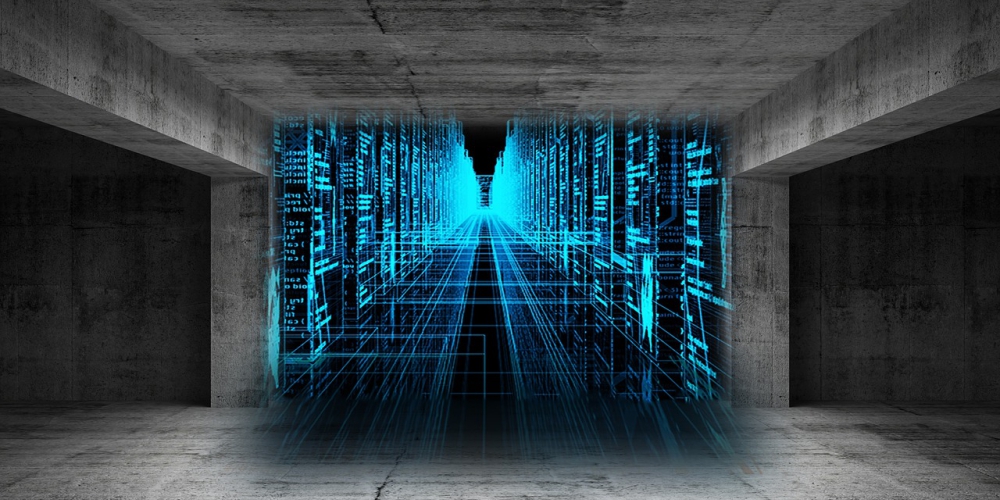
For the past few years, the impact of the Internet of Things (IoT) on everything from business operations to municipal planning has received much media attention, and for good reason. The prospect of tens of billions of objects transmitting data via embedded sensors has significant implications across all industries. Far-sighted company leaders have been preparing to handle the growing influx of data and integrate IoT information with other data to improve decision-making and drive innovation.
In 2018, IoT itself will keep growing but the term’s usefulness as a signal of a specific data category may become less meaningful. That’s because there’s a macro trend toward small, discrete units of data even from more traditional data sources and full fledged Cloud applications. The IoT as we’ve known it was a leading indicator of that trend, but now data from other sources is starting to look like IoT data. Apps built for consumer smartphones as well as apps designed for business use are generating IoT-style data, which is becoming the new normal; better, smaller and faster data.
Consumer devices like AI-powered personal assistants and apps designed for purposes as diverse as tracking personal fitness activities and monitoring the temperature of an outdoor barbeque grill generate fine-grained, discrete data units of the type that used to be the hallmark of IoT devices. In business, the rise of microservices and the decomposition of overarching enterprise solutions into apps are also part of a natural evolution that creates smaller data artifacts and powerful unit-level information ripe for re-composition on platforms.
As these new sources generate IoT-style data and traditional IoT sources continue to proliferate, the lines between data categories are becoming less meaningful from an integration standpoint. Integration platforms that can recognize all patterns of data have already eliminated the data silos that grew around functions such as managed file transfer, ETL, etc. The distinction between information from IoT devices and IoT-style data from other sources will disappear as data units are recognized by more meaningful descriptions, such as volume, unit size and distribution. And all patterns of data will increasingly come into a central integration space.
Platforms that unify incoming data and enable the application of artificial intelligence (AI) will dominate the application and data landscape in 2018 and beyond. Real-time data integration platforms create fertile ground for the development and application of AI. Although AI tools are already in use to perform some functions, a unified platform is the precursor to the more widespread application of AI.
Traditional analytics have developed around caches of data that are collected and stored in silos. Old-school analytics are designed to generate insights from that siloed data. But the rise of unified integration and data management platforms provides a new opportunity: to combine the fine-grained data that exists on distributed networks in a single place and apply AI to automate responses to data in real time.
For example, a company that is looking for ways to minimize energy costs could combine incoming data on cost-per-unit energy prices from solar, wind and grid sources, creating a real-time data stream on a single platform. The company could then apply an AI application that responds to price changes in real time to select energy from the lowest-cost provider. AI can be applied in a similar way to assist when companies are sourcing virtually any type of commodity, helping them capitalize on perishable opportunities when data flows on a single platform.
The technology to achieve this data-usage revolution exists now and is being adopted by enterprises worldwide at a rapid clip. And the mindset required to take advantage of these new capabilities is also evolving as people stop thinking of the IoT as a separate data domain and embrace discrete data units as a natural part of the data landscape for business and personal information.
This trend toward AI innovation and away from self services integration tooling will also have a positive effect on the developer community, since it will free developers to focus on more strategic tasks. When companies rely on a system of distributed data networks, developers must focus on building data integration workarounds, so the business can bring information together. An entire sector has sprung up around “citizen integrators” and creating “do-it-yourself” data integration kits and this will soon be recognized as a misplaced focus and a classic example of “working on the wrong problem”. We predict developers will choose the thought provoking and creative expressions of AI-enabled data exploration over the mundane and ever growing chore of connecting to data sources. This will result in outsources in ratios of 2 or even 3 to 1 among larger, more progressive enterprises.
The rise of cloud-based, integrated platforms that can recognize all patterns of data not only represents fertile ground for AI development, it signals an opportunity for developers to use their considerable skills to push those AI development projects forward and make more valuable contributions to their companies’ success through accelerated innovation and efficiency.
As 2018 unfolds, Internet of Things-style data will become the new normal and be recognized as the essence of data exchange and data flows. Rather than a separate concept that poses tough challenges to businesses bracing for the data onslaught, the IoT will be seen as a forerunner to a new data landscape. Enterprises that are prepared to embrace discrete data units and unifying platforms as the new normal will be ahead of the curve.
Edited by
Ken Briodagh





